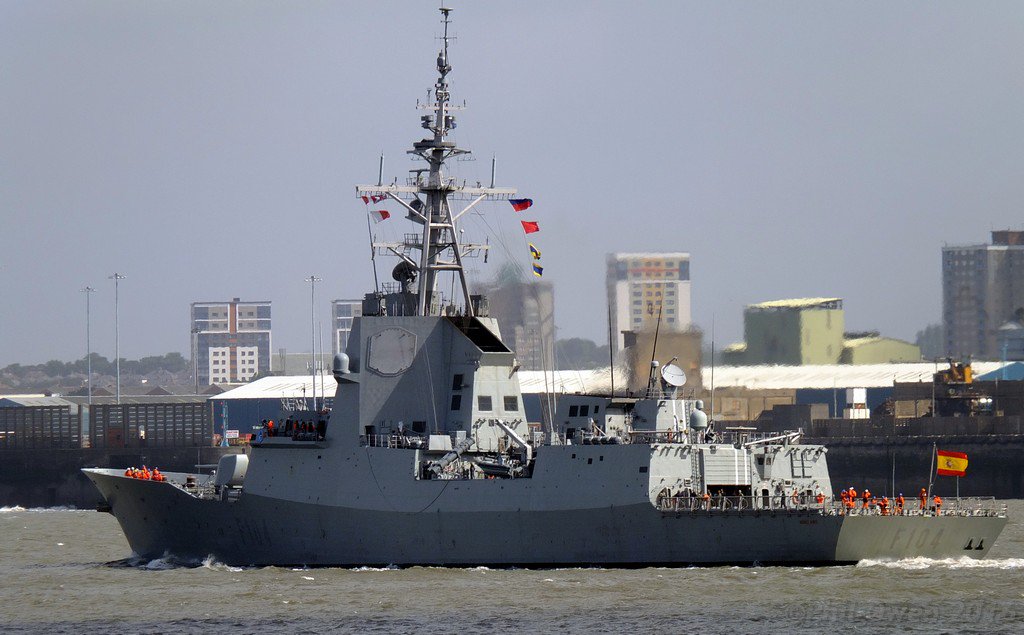Did they at least receive training? I think IOC is supposed to be 2017.
Only training and so few delivered, not before 2019 or 2020.
Did they at least receive training? I think IOC is supposed to be 2017.
JASDF probably acquired or borrowed a simulator and potential pilots are probably training on them right now.Only training and so few delivered, not before 2019 or 2020.
Naval Today said:Guided-missile destroyers USS Decatur (DDG 73) and USS Spruance (DDG 111) conducted bilateral training exercises in the Philippine Sea with the Japan Maritime Self-Defense Force (JMDSF), Aug. 22-26.
The Ship Anti-Submarine Warfare Readiness Effectiveness Measuring (SHAREM) program is a series of events focused on anti-submarine warfare procedures and tactics designed to measure how effectively surface ships and aircraft can detect and track submarines. It also served as a joint exercise with JMSDF naval assets, with both countries embarking liaison officers from the other to maximize communication and understanding throughout the evolution.
“SHAREM was an exceptional opportunity to improve our anti-submarine warfare skills and work alongside our Japanese allies,” said Lt. j.g. Sean Quirk, anti-submarine warfare officer, Destroyer Squadron (CDS) 31. “These unique exercises improve our bilateral capabilities, making us a stronger combined force to deter any adversary.”
Decatur and Spruance were joined by the Japanese Akizuki-class destroyer JS Teruzuki (DDG 116), an Oyashio-class diesel-electric submarine and a Los Angeles-class nuclear submarine. In the initial days of the event, the ships took advantage of their close proximity and ran maneuvering drills and visit, board, search, and seizure (VBSS) exercises.
“The relationship with JMSDF is a crucial aspect of our overall partnership with the Japanese,” said Capt. Charles Johnson, commander, CDS 31. “I believe that by conducting the SHAREM and other exercises together, and analyzing the effectiveness of our tactics it will further improve our interoperability.”
Decatur and Spruance, along with USS Momsen (DDG 92) and the embarked “Devil Fish” and “Warbirds” detachments of Helicopter Strike Squadron (HSM) 49 are part of the 3rd Fleet Pacific Surface Action Group (PAC SAG), led by CDS 31 and operating under Commander, U.S. 3rd Fleet, as demonstrating the “3rd Fleet Forward” concept.
Since departing on deployment in April, the 3rd Fleet PAC SAG executed various naval activities and routine missions in the Western Pacific, including Oceania Maritime Security Initiative (OMSI) as well as joint exercises with the U.S. Air Force and the U.S. Marine Corps and bilateral exercises with several countries, including the Republic of Korea, Australia and Japan, which helped strengthen international maritime relations.





oh really (emoticon of sarcasm):Now it looks like Spanish Alvaro de Bazan or Australian Hobart class.
... (it's from the most recent visit of F104 to Liverpool, UK):

...
actually I've had the propulsion in mind: seems 25DD will get COGLAG and indeed look something like this:A great teaser LOL, unbearable !
De Bazan is more small, an FFG but with a powerful armanent as a DDG, the more potents European combattant except Russians Kirov with 104 misssiles etc...

I believe that's the first of the 25DD destroyers. Follow on, and more ASW centric. to the Akizuki.Now it looks like Spanish Alvaro de Bazan or Australian Hobart class.
